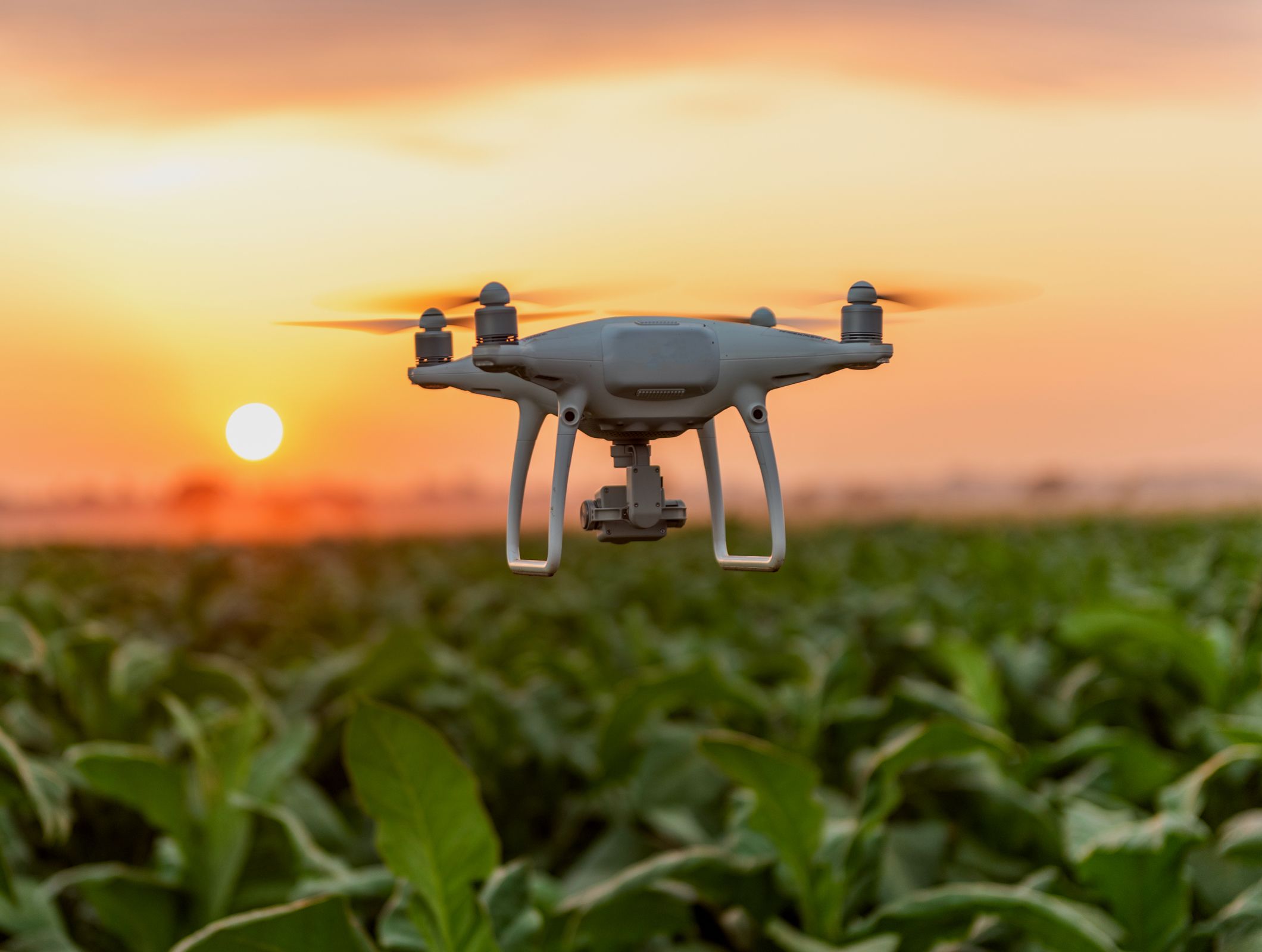Drone software development is revolutionizing industries by enabling unmanned aerial vehicles to perform diverse tasks. From flight control and navigation systems to payload integration and data processing, developers are shaping the future of drones.
Flight Control and Navigation
Sophisticated algorithms enhance drone stability and maneuverability, ensuring safe and precise flight. Navigation systems with GPS and sensors enable autonomous and real-time navigation, expanding the possibilities of drone applications.
Payload Integration and Data Processing
Integrating cameras, sensors, and actuators enables drones to collect high-quality data. Image and video processing algorithms enhance data quality, while sensor integration allows for advanced applications like crop monitoring and terrain mapping.
User Interfaces and Remote Control
User-friendly interfaces empower operators to control drones effectively and access real-time data. Streamlining the user experience is crucial for intuitive control and monitoring.
Autonomous Operations and AI
Artificial intelligence empowers drones to operate autonomously, making independent decisions based on data. ML algorithms optimize flight routes, detect anomalies, and enable advanced applications like automated inspections and delivery services.
Regulatory Compliance and Safety
Drone software incorporates features like geofencing and altitude limits to comply with regulations and ensure safety. This safeguards airspace integrity and protects privacy.
Conclusion
Drone software development is propelling the drone industry forward. Advancements in flight control, navigation, payload integration, user interfaces, and autonomous operations are expanding the potential of drones across industries while ensuring safety and compliance. The future holds immense possibilities as developers continue to innovate and unlock new capabilities for these versatile aerial vehicles.
 Example Caption
Example Caption

 Example Caption
Example Caption